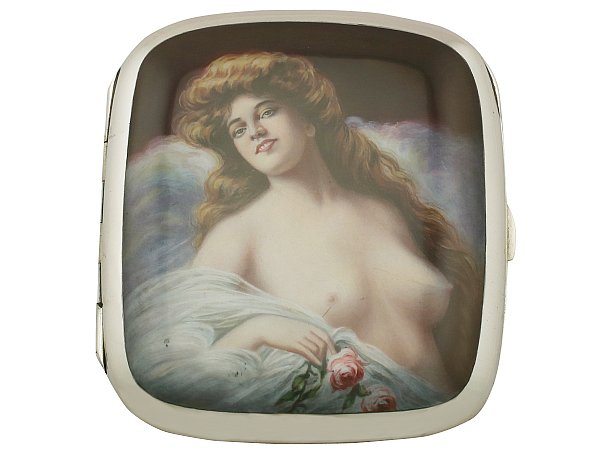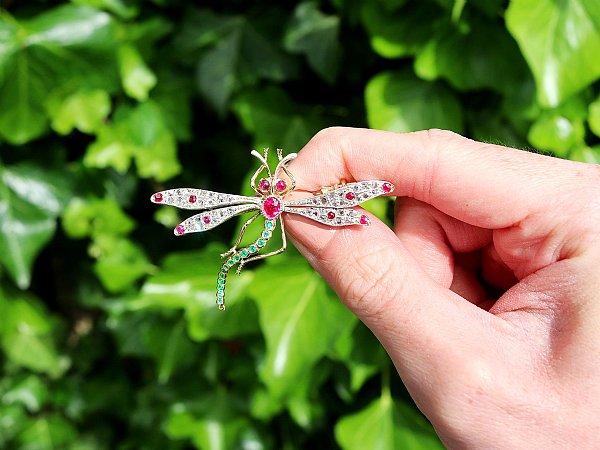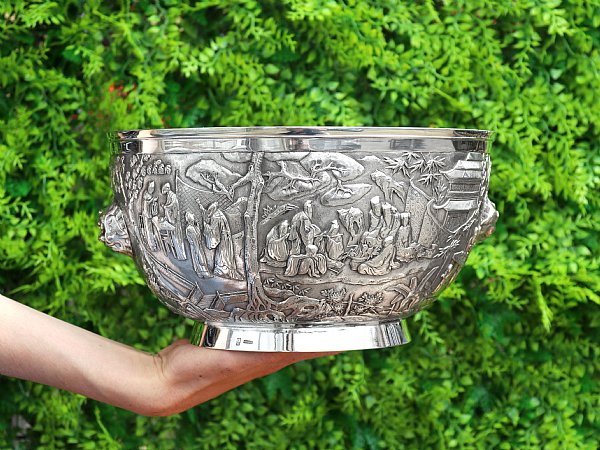Search Results for: '{{searchText}}'
Sorry...
We don't seem to have what you're looking for.
However we do have thousands of magnificent pieces of silver and jewellery available for you to view online. Browse our store using one of these categories.
Please wait for loading data... 
Andrew Campbell hand picks all of our antique and vintage cigarette and card cases, and does so on merit. AC Silver have an extensive range of gold and silver cases available for sale, with styles ranging from gold casses embelished with magnificent enamel to the ever popular castle top card cases.
Silver cigarette cases and card cases are fabulous antiques which make perfect gifts for anyone who appreciates craftsmanship, items of historical interest and unique pieces which cannot be replicated or found elsewhere.
Please browse our extensive collection of cigarette and card cases above, all including free and insured international shipping.

Cigarette cases are usually slim and rectangular, often with rounded edges and sides, for the comfort of the case being carried within the pocket. One side is hinged, and the cases open or reveal two compartments to hold a small number of cigarettes – antique cigarette cases usually hold around 8 to 10 cigarettes, as many cigarettes in the nineteenth and early twentieth century were shorter and wider than the cigarettes which are produced today. Often, cigarette cases will have a small piece of elastic inside, which would've been used to hold the cigarettes in place on either side of the case, no matter the position in which it was opened.
Cigarette cases were in common use from the nineteenth century, until the mid twentieth century. They were largely to protect cigarettes from breaking or damage, in a more effective way than paper cigarette boxes were capable of. The durable metal cases were often decorated with enamel or engravings, and due to smoking being perceived as a masculine pursuit, the design of cigarette cases for men meant that these images on the enamel or engraving often featured women in a state of ‘erotic’ undress.
As with all vintage and antique silverware and gold, there were examples of cigarette cases which were created as the finest example of their type, and intended for use by those who were in the upper echelons of society. There are many examples of gold cigarette cases, as well as the more commonly found silver cigarette cases.
Many gold cigarette cases were engraved, whereas silver cigarette case is more likely to feature an enamel decoration, this is likely because gold was considered too valuable to cover with any other material, and was aesthetically pleasing enough in its own right, without further decoration. Gold cigarette cases often feature engraving, as these would have been highly expensive items, often given as gifts and just as with men's jewellery of the nineteenth century, many items such as these were engraved with the owners monograms and initials.
A visiting card- also known as a calling card is a small card used for social purposes. This was an essential accessory for the upper classes during the Regency and Victorian periods. These cards were carried in silver card cases, which were also used to enhance the status of the user.
During the late 1700s, the upper classes in France and Italy left calling cards that were decorated with images on one side, and a hand written note on the other. These were used to either announce a guest’s arrival, or to let hosts who weren’t home know they had stopped by. These early versions of visiting cards quickly became popular throughout the rest of Europe and the United States.
These cards were called ‘une carte d'adresse’ or ‘carte de visite’ due to their French origins. As they grew in popularity, the customs and etiquette surrounding them also developed.
Cards were used as a tool to represent one’s status or intentions in society. Knowing the etiquette surrounding visiting cards was an example of one’s high-standing in society. If a particularly impressive visitor arrived and left their calling card, hosts would then display this on a silver tray for as long as possible, so other guests were aware of their high societal standing.
Eventually, the ritual surrounding visiting cards dictated that numerous cards should be left at one address. For example, a married woman was expected to leave one of her cards for each adult female in a family she was visiting. She also had to leave two of her husband’s cards.
Silver visiting card cases developed as a response to this ever-growing number of calling cards.
Visiting card cases came in several distinct forms and sizes. Some had ‘sleeve’ lids which slid off completely, whereas others had small lids with tiny hinges. A common, novel, type was modelled as a book with a press button catch. When opened, this revealed a kid skin lining often divided into compartments for cards and stamps. Many were also fitted with ivory aide memoires and tiny pencils.
Women’s card cases were larger, presumably because they were carried in handbags rather than in breast pockets, which were much tighter. Gentlemen’s cases were also much slimmer and plainer for this reason. Raised decoration would catch on pocket linings. Many gents’ card cases were curved to fit pockets.
The decoration on visiting card cases was fairly simple until the 1830s. Then, shaped cases became popular, which were heavily decorated with heavy silver die-stamped with arabesques.
As the century progressed, cases became simple once again. Many were decorated with bright cut designs of flowers and foliage. They also featured a small cartouche for the initials of the owner. ‘Aesthetic’ Japanese style cases were also popular. These were decorated with birds and flowering branches, within fan shaped parcels.
During the Victorian era, card cases often paid homage to a specific place. The top surface of the case featured a depiction of a castle or stately home, making them popular souvenir purchases for those looking to remember a specific trip. Originally made and sold in Birmingham, these cases were aimed at tourists and honeymooners.
The period of popularity for castle top card cases is between the 1830s and 1860s. This relatively short period means that castle top cases on the market today are in high demand. Collectors are especially interested in pieces that are in good condition, particularly if the featured monument is still in existence today.
Read more about the history of castle top silver.




